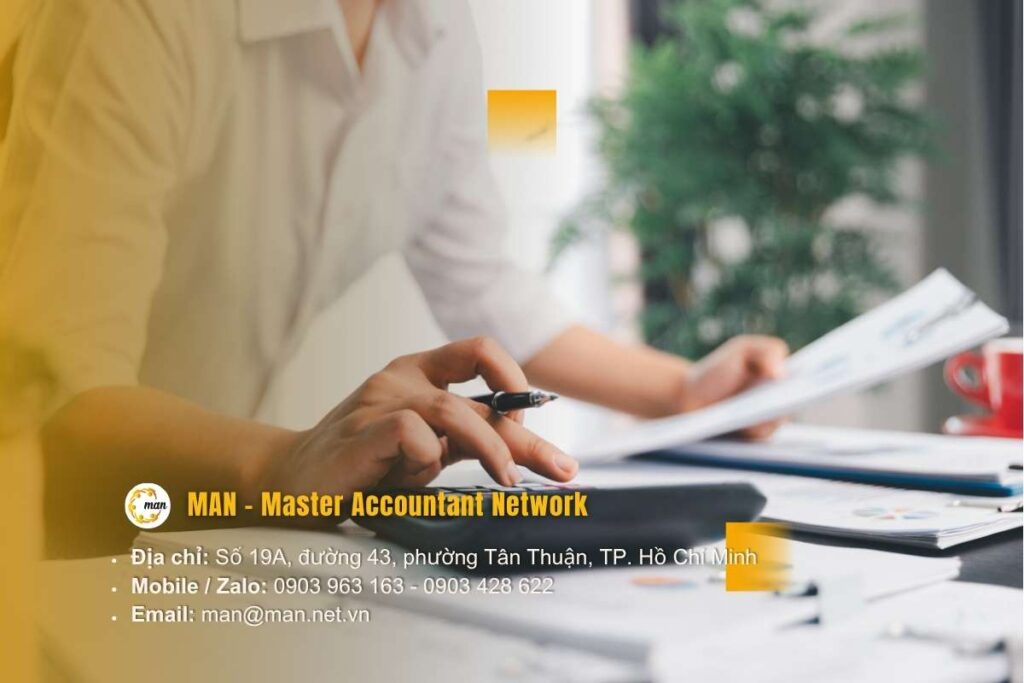In import and export activities, customs procedures are mandatory, directly affecting the delivery schedule, logistics costs and tax obligations of enterprises. However, many units still encounter difficulties in declaring, preparing documents or handling arising issues. The following article will help you understand clearly from the concept of what customs procedures are, their role, implementation process, to the most important legal notes in 2025.
What is customs clearance?
According to Clause 1, Article 4 of the 2014 Customs Law, customs procedures are the entire sequence and methods prescribed by customs authorities to inspect, supervise, calculate taxes and clear exported, imported and transit goods.
In essence, this is a mandatory declaration process, to ensure that goods are brought into/out of the national territory in a legal, transparent and controlled manner. Goods that do not go through customs procedures properly may be detained, fined or subject to tax collection.
The role and principles of customs procedures
The role of customs procedures
General principles of customs procedures
Carrying out customs procedures requires compliance with a number of basic principles to ensure transparency, legality and consistency in state management. First of all, enterprises must declare honestly, accurately and on time according to current regulations. Providing false or late information can lead to serious legal consequences such as administrative sanctions, tax collection or suspension of customs clearance.
Second, customs procedures are now mainly carried out through the VNACCS/VCIS electronic declaration system, which helps shorten processing time, minimize manual errors and increase monitoring efficiency. Except for some special cases requiring manual declaration, the use of this system has become mandatory for most import-export enterprises.
In addition, the risk classification mechanism is an important principle in modern customs management. Specifically, after declaration, goods will be automatically classified by the system into three groups: green channel (exempt from inspection, immediate customs clearance), yellow channel (document inspection) and red channel (physical inspection of goods). This approach helps to focus inspection on shipments with signs of high risk, while facilitating businesses to comply with the law.
Export customs clearance process
In order for goods to be exported legally, businesses need to fully follow the steps in accordance with customs procedures. Below is the basic sequence that most current export shipments must follow:
| Step | Content of implementation |
|---|---|
| 1 | Prepare customs documents including: contract, invoice, packing list, bill of lading, C/O (if any), specialized license (if any) |
| 2 | Declare electronic declaration on VNACCS system |
| 3 | Automatic flow: the system determines the level of inspection of documents or goods |
| 4 | Clearance of goods if there are no problems or inspection is completed in accordance with regulations |
| 5 | Keep records for at least 5 years to serve post-clearance inspections |
Import customs clearance process
Unlike export, import procedures are often more complicated due to direct involvement in tax obligations and goods control policies from the State. Enterprises need to fully implement the following steps to ensure quick and legal customs clearance:
| Step | Content of implementation |
|---|---|
| 1 | Prepare import documents, including: sales contract, commercial invoice, bill of lading, packing list, C/O (if any), import license or specialized inspection (if required) |
| 2 | Electronic declaration on VNACCS system or through customs declaration software |
| 3 | Customs channeling: the system determines the level of inspection (green, yellow or red channel) |
| 4 | Calculate and pay taxes such as: import tax, value added tax (VAT), special consumption tax (SCT) if any |
| 5 | Clear customs and receive goods at bonded warehouse, port or ICD according to regulations |
What documents are required for customs clearance?
A standard set of documents usually includes:
-
Electronic customs declaration
-
Sales contract
-
Commercial invoice
-
Packing list
-
Bill of lading
-
Certificate of Origin (C/O) – if applying for tax incentives from FTA
-
Import/export license if goods are on the specialized management list
-
Bank payment documents (if checking value)
Records must be kept for at least 5 years to serve post-clearance inspections according to Article 42 of the Customs Law.
Customs clearance deadlines and notes
The deadline for submitting customs declarations is specified in Article 25 of Decree 08/2015/ND-CP (amended). Specifically:
-
Import declaration: can be declared before the goods arrive at the border gate within 30 days
-
Export declaration: declare at least 24 hours before the goods are taken out of Vietnam territory.
Some important notes for businesses:
-
Wrong HS code → wrong tax → subject to additional collection and administrative fines
-
Lack of valid C/O → not entitled to tax incentives
-
Late declaration, missing documents → goods held at the port, incurring storage costs
Businesses can proactively review and process records with support from Import-Export Auditing and Consulting Services at MAN, ensuring compliance with legal procedures while optimizing customs clearance time.
Conclusion: Understand and follow customs procedures correctly
Customs procedures are not only a technical inspection step, but also a legal tool to help businesses ensure the legality of all import and export transactions. Understanding the process, records, deadlines and document requirements is a prerequisite to minimize risks, save costs and avoid cargo delays at the port.
In the context of increasingly strict risk management systems, post-clearance inspections and administrative sanctions, businesses should coordinate with specialized units such as Master Accountant Network (MAN) For accurate advice, review the entire process.



